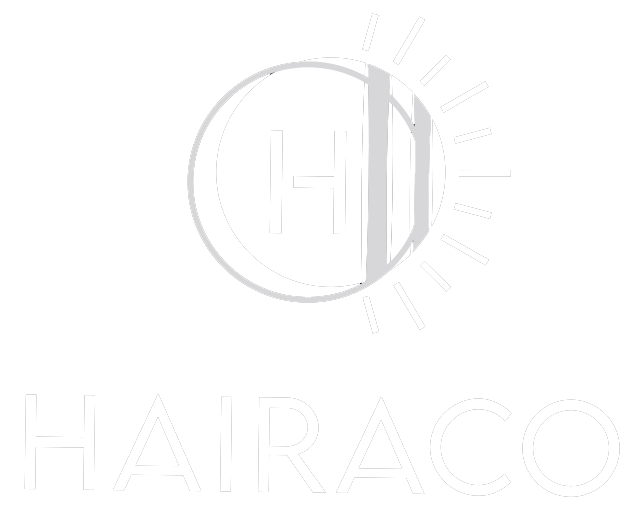Understanding the Role of Hair Foil Length in Coloring Results
When it comes to achieving the perfect hair color, many elements come into play: the quality of the hair dye, the skill of the stylist, and even the environment of the salon. One crucial yet often overlooked factor is the length of the hair foil used during the coloring process. Hair foils serve multiple functions—from isolating individual hair sections to ensuring even distribution of color. The length of these foils can significantly impact the final result of your hair coloring session. Let’s delve into why this is the case and how you can optimize your coloring sessions by understanding the role of hair foil length.
The Purpose of Hair Foil in Coloring
First, it’s important to understand what hair foils do. Hair foils are used to achieve highlights, lowlights, and even full-color treatments by creating sections of hair that are isolated from the rest. This isolation helps in two main ways: it prevents the color from bleeding onto other sections, and it allows for better control over the color application, leading to a more precise and uniform outcome.
Length Matters: Customizing for Individual Needs
The length of the foil can be adjusted based on various factors such as hair type, desired outcome, and specific coloring techniques. For instance, longer foils may be essential for those with longer hair to ensure full coverage. On the other hand, shorter foils can be more manageable and sufficient for shorter cuts.
Shorter Foils for Precision
Shorter foils are typically easier to handle and can be a great choice for creating subtle highlights or babylights. Because they are more manageable, they allow for quicker application and better precision when working on shorter hair lengths or specific sections like bangs and layers. Hair foils of about 5 to 6 inches are generally considered short and are ideal for such tasks.
Longer Foils for Coverage
In contrast, longer foils are indispensable for longer hair. Using foils that are too short can result in uneven color application, with some sections left uncovered or inadequately covered. Long foils ensure that every strand receives equal attention, leading to a balanced and uniform result. Foils ranging from 10 to 14 inches long are generally considered suitable for long hair.
The Impact on Color Development
The length of the foil also affects how the color develops. Longer foils generally create a better incubation environment for the color to develop, as they offer more coverage and insulation. This can be particularly beneficial for achieving vibrant or complex color patterns, which require longer processing times.
Optimizing Foil Length for Better Results
To get the best possible results from your hair coloring session, it’s advisable to customize the foil length based on the specific needs of your hair and desired outcome. Consulting with a professional stylist who understands these nuances can make a substantial difference. Many professionals prefer customizable foils or brands that offer a variety of pre-cut foils to suit different lengths. Hairaco, for instance, offers a range of customizable foils that can be tailored to meet your specific needs, ensuring optimal coloring conditions.
Conclusion
The length of the hair foil is a critical factor that can significantly affect the outcome of your hair coloring process. By understanding the distinct advantages of shorter and longer foils, you can make more informed decisions that lead to a more precise, uniform, and vibrant hair color. Next time you sit down for a coloring session, remember that sometimes the smallest details—like the length of the foil—can make the biggest difference in achieving the perfect look.

